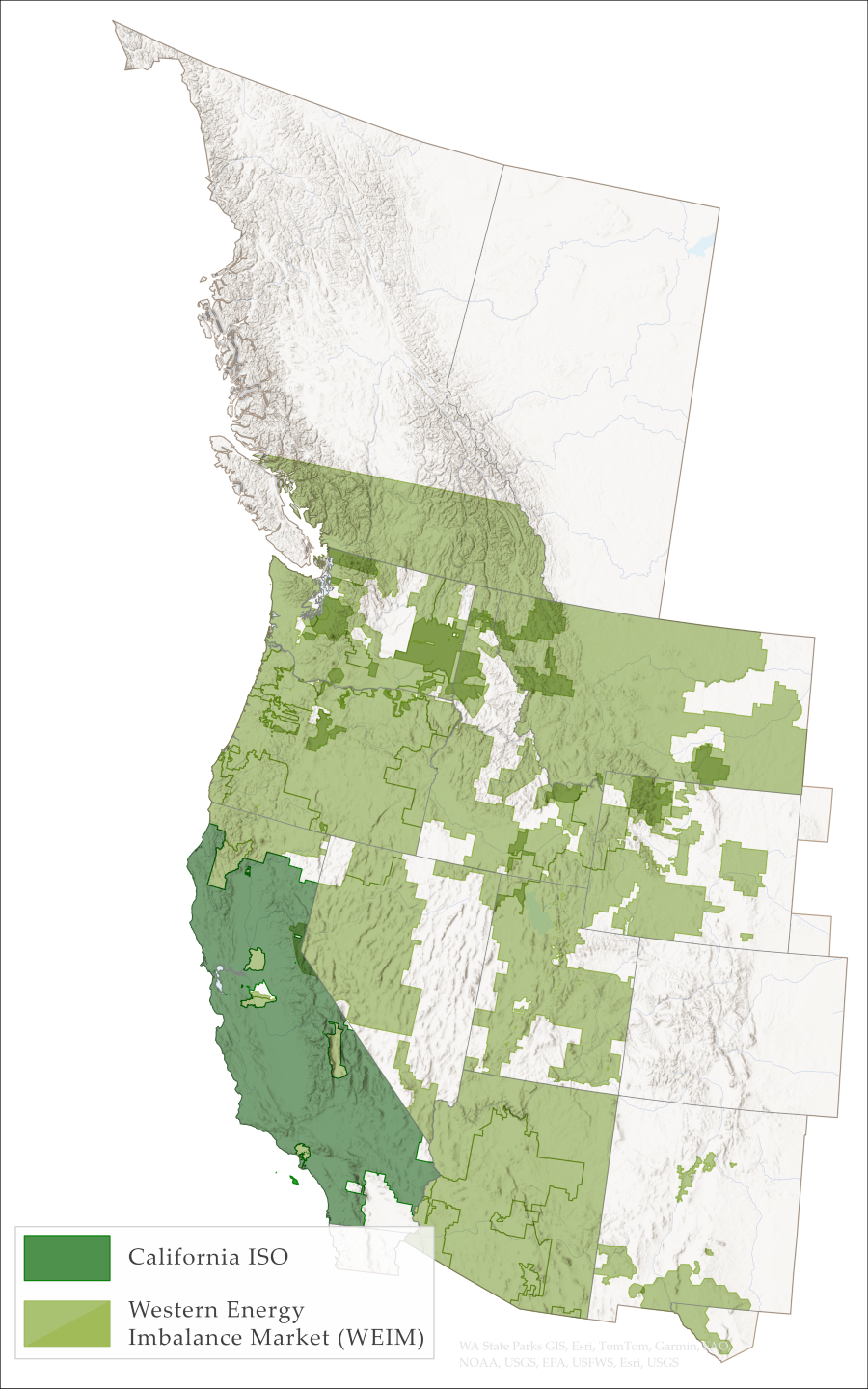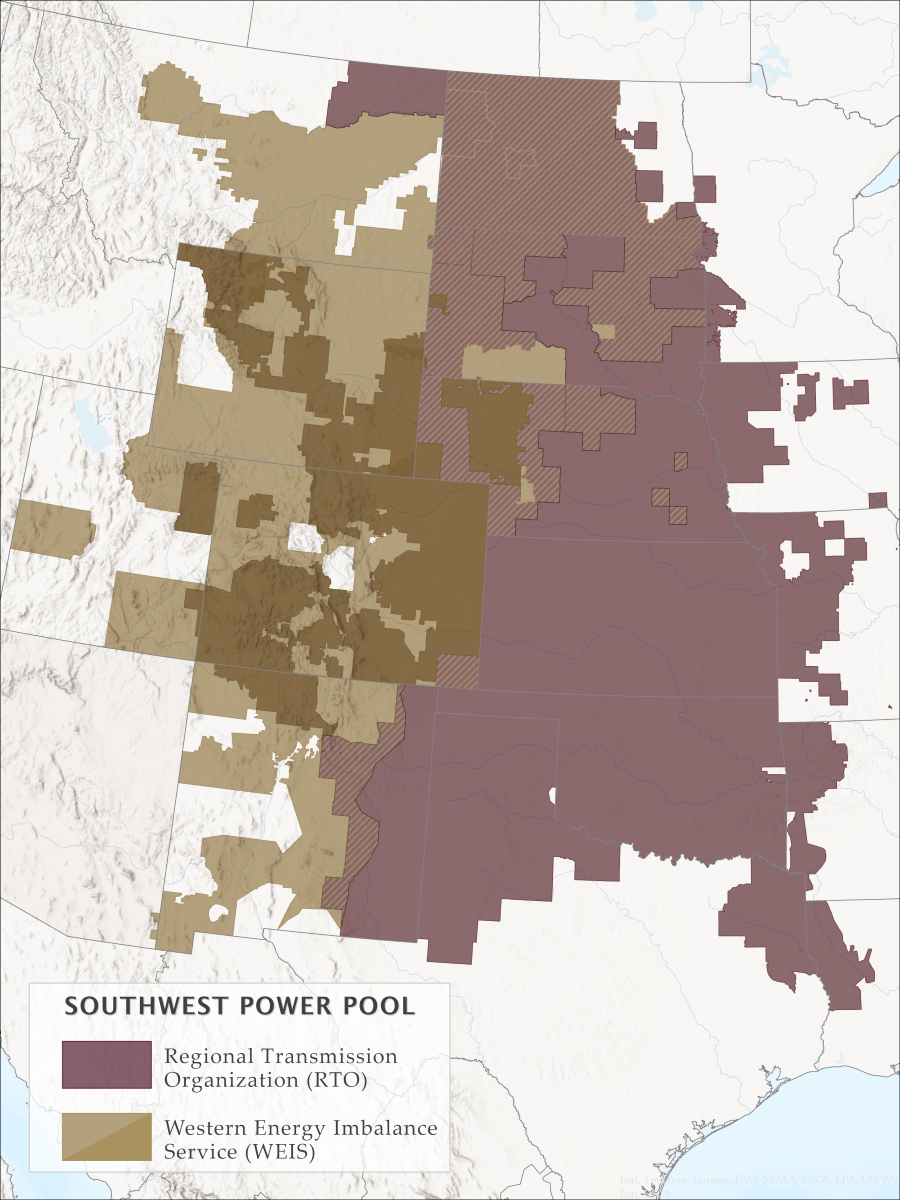Energy Markets


Energy Markets in the West
Most western wholesale total energy transactions are undertaken through the traditional bilateral trading process. There are two entities with organized energy imbalance markets in the West. The California Independent System Operator (CAISO) operates a wholesale energy market comprising distinct, day-ahead and real-time processes, and Southwest Power Pool (SPP) operates a real-time wholesale energy market.
CAISO Energy Imbalance Market
The CAISO Western Energy Imbalance Market (EIM) has 22 participants and, since it started in 2014, reports more than $5.05 billion in participant benefits.
Efforts are underway to add a day-ahead market to improve market efficiency by integrating renewable energy resources using day-ahead commitment and scheduling across a large geographic area. CAISO’s board and the EIM governing body approved a plan that will allow entities who currently buy and sell energy in the real-time energy imbalance market to participate in an extended day-ahead market (EDAM). In December 2023, FERC approved the major elements of CAISO's proposed tariff changes. Implementation of the EDAM has been delayed one year, to 2026, to allow participants to upgrade their technology.
SPP Western Energy Imbalance Service
SPP's Western Energy Imbalance Service market, a real-time wholesale energy market that began operations in 2021, has 10 participants after the 2023 additions of Black Hills Energy, Platte River Authority, and Xcel Energy.
SPP continued to work with stakeholders to develop Markets+, a day-ahead market plus real-time commitment and dispatch services that is designed to build on the existing market. Thirty-eight entities across the interconnection are participants in the phase one development of Markets+.
SPP filed its Markets+ tariff with FERC in March 2024 in anticipation of going live in early 2027. In July, FERC asked SPP to provide details on more than a dozen issues, including transmission operations and scheduling, the proposed greenhouse gas pricing mechanism, and how hydroelectric capacity is determined. FERC directed SPP to file its response to the deficiency letter within 60 days.
Several states introduce West-Wide Governance Pathways Initiative
In July 2023, a group of nine utility commissioners from five western states called for the creation of an energy market that includes all states in the Western Interconnection. The group submitted the proposal to the Committee on Regional Electric Power Cooperation (CREPC) and the Western Interstate Energy Board. The proposal calls for a non-profit entity with independent governance from all states that would provide a full range of regional transmission operator services. CREPC is managing this effort.
CREPC formed a 26-member launch committee, and the coalition behind the proposal expanded from the original group of commissioners in Oregon, Washington, California, Arizona, and New Mexico to include regulators from Colorado and Nevada, both of which have required utilities to join an RTO by 2030. In August 2023, the group issued an open invitation to join the effort. In September, regulators from Idaho, Utah, and Wyoming declined the invitation.
The proposal moved forward in June 2024, when participating stakeholders approved the first of two steps required to create an independent organization to oversee the Western Energy Imbalance Market (EIM) and the pending Extended Day-ahead Market. The approved proposal turns over primary authority of the two markets to the EIM’s governing body (the governing body currently shares this responsibility with the California Independent System Operator’s board).






